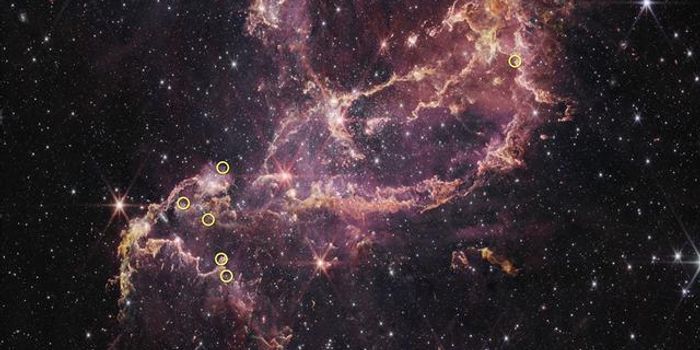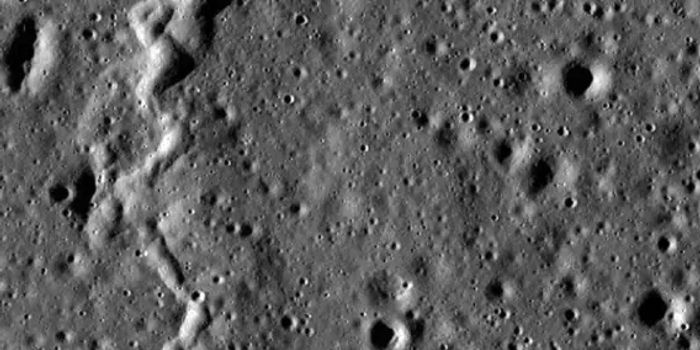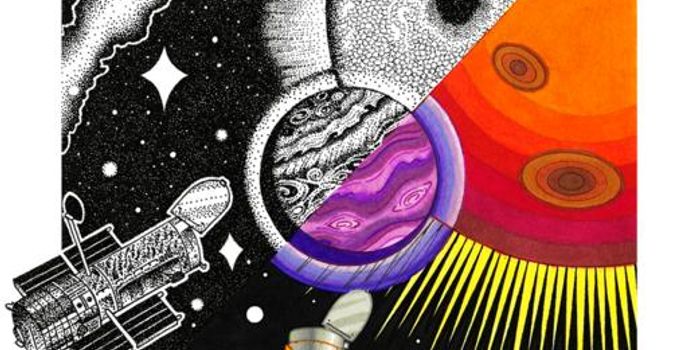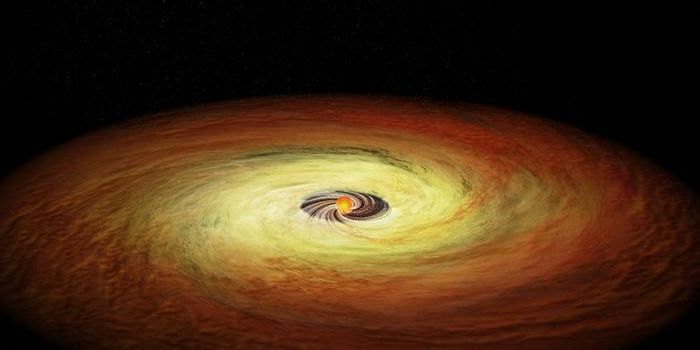White Dwarf Stars Could Host Habitable Exoplanets
Could white dwarf stars host habitable exoplanets that might support life as we know it? This is what a recent study published in The Astrophysical Journal hopes to address as an international team of researchers investigated the surface temperatures of exoplanets orbiting white dwarfs and compared them to exoplanets orbiting Sun-like stars. White dwarfs are smaller, denser remnants after a Sun-like star dies, stops nuclear fusion (converting hydrogen to helium), and sheds its outer layers, thus implying they could be inhospitable for life-giving exoplanets.
For the study, the researchers used computer models to compare Earth-like exoplanets each orbiting a white dwarf star and the main-sequence K-dwarf star, Kepler-62, both of which exhibit temperatures of approximately 5000 Kelvin (8,540 degrees Fahrenheit/4,727 degrees Celsius). For context, our Sun’s temperature is 5772 Kelvin (9,930 degrees Fahrenheit/5,499 degrees Celsius).
Kepler-62 currently hosts five known exoplanets, with two of them orbiting within its star’s habitable zone. Additionally, while Kepler-62 is still demonstrating nuclear fusion, like our Sun, white dwarfs don’t, as noted above. In the end, the computer models made some remarkable findings regarding the habitable potential for exoplanets orbiting white dwarf stars. The models revealed the white dwarf exoplanet’s surface temperature was approximately 25 Kelvin hotter than the exoplanet orbiting Kepler-62, which the team attributes to the former’s faster rotation and orbital period, resulting in reduced cloud cover and higher surface temperatures.
“The planet orbiting Kepler-62 has so much cloud cover that it cools off too much, sacrificing precious habitable surface area in the process,” said Dr. Aomawa Shields, who is an associate professor in the Department of Physics and Astronomy at UC Irvine and lead author of the study. “On the other hand, the planet orbiting the white dwarf is rotating so fast that it never has time to build up nearly as much cloud cover on its dayside, so it retains more heat, and that works in its favor.”
The team concluded that exoplanets orbiting within the habitable zones of white dwarf stars could present greater likelihoods of supporting life than previously hypothesized.
What new discoveries about white dwarf exoplanets will researchers make in the coming years and decades? Only time will tell, and this is why we science!
As always, keep doing science & keep looking up!
Sources: The Astrophysical Journal, UC Irvine News, EurekAlert!
Featured Image: Artist's impression of a white dwarf with its magnetic field. (Credit: European Southern Observatory/L. Calçada)








